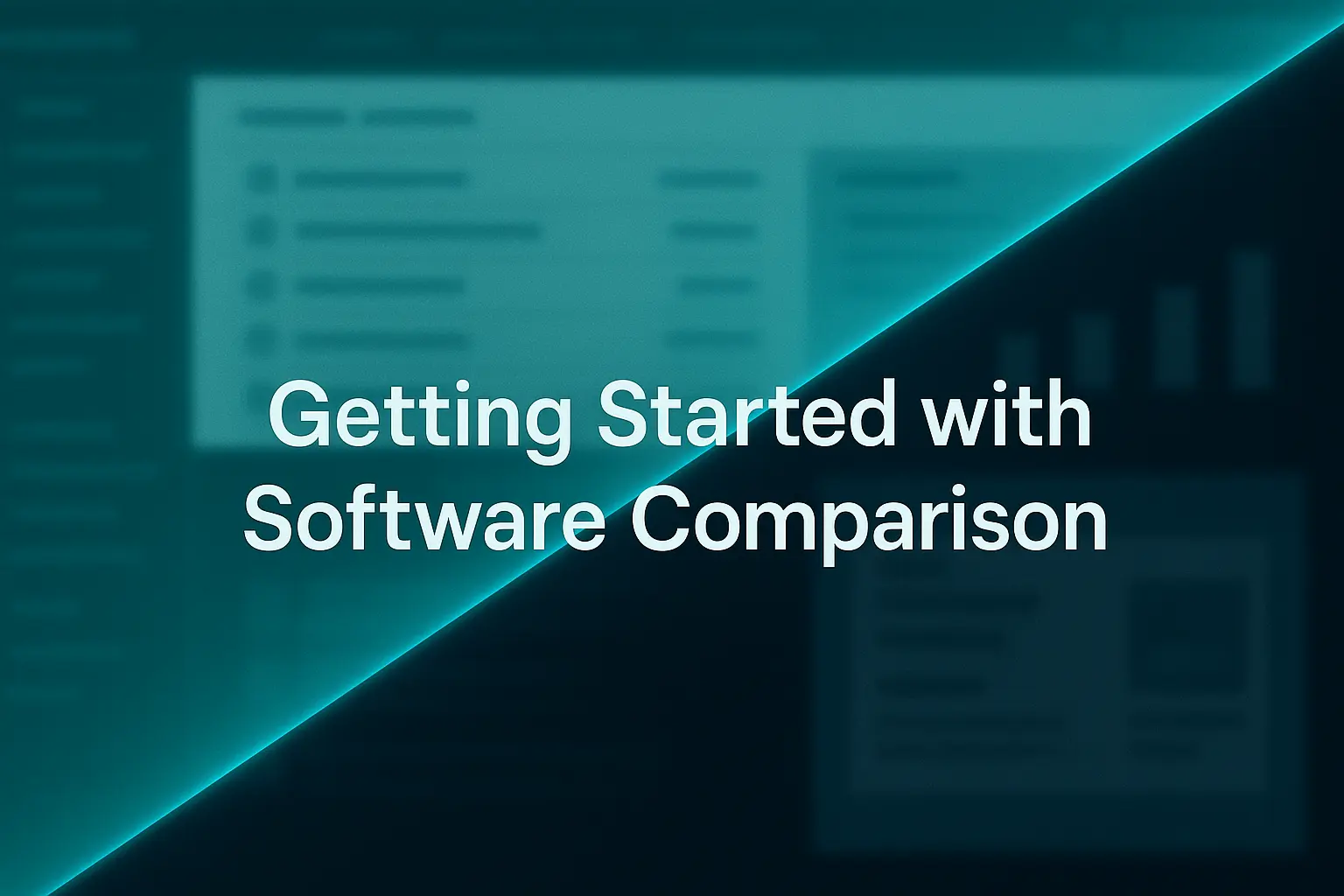
Getting Started with Software Comparison
When evaluating software solutions for your business, the sheer number of options can be overwhelming. Whether you're looking for project management tools, CRM systems, or specialized industry software, the key to making the right choice lies in systematic comparison.
Why Software Comparison Matters
Making the wrong software choice can be costly in multiple ways:
- Time investment in learning and implementing the wrong tool
- Financial cost of switching solutions later
- Productivity loss when the software doesn't meet your needs
- Integration challenges with existing systems
Key Steps for Effective Comparison
1. Define Your Requirements
Before you start comparing options, clearly define what you need:
- Must-have features that are non-negotiable
- Nice-to-have features that would add value
- Budget constraints and pricing models you can work with
- Integration requirements with your current tech stack
2. Research and Shortlist
Don't try to compare every option available. Instead:
- Research the market leaders in your category
- Ask for recommendations from industry peers
- Read reviews and case studies
- Create a shortlist of 3-5 serious contenders
3. Compare Features Systematically
This is where tools like SuiteCompete can save you significant time. Instead of manually checking each vendor's website for feature information, you can:
- Use keyword-based comparison to quickly identify feature availability
- Get direct links to verify claims on vendor websites
- See feature comparisons side-by-side
- Discover features you might not have thought to look for
Common Pitfalls to Avoid
Focusing only on price: The cheapest option isn't always the most cost-effective in the long run.
Feature overload: More features don't always mean better value if you won't use them.
Ignoring user experience: A powerful tool that's difficult to use can hurt productivity.
Skipping the trial: Always test the software with real use cases before committing.
Making the Final Decision
Once you've completed your comparison:
- Test your top 2-3 choices with actual use cases
- Involve your team in the evaluation process
- Consider implementation and training requirements
- Negotiate terms and pricing
- Plan for migration and onboarding
Conclusion
Effective software comparison is both an art and a science. By following a systematic approach and leveraging the right tools, you can make confident decisions that serve your business well for years to come.
Remember: the goal isn't to find the "perfect" software (it doesn't exist), but to find the best fit for your specific needs, budget, and context.
